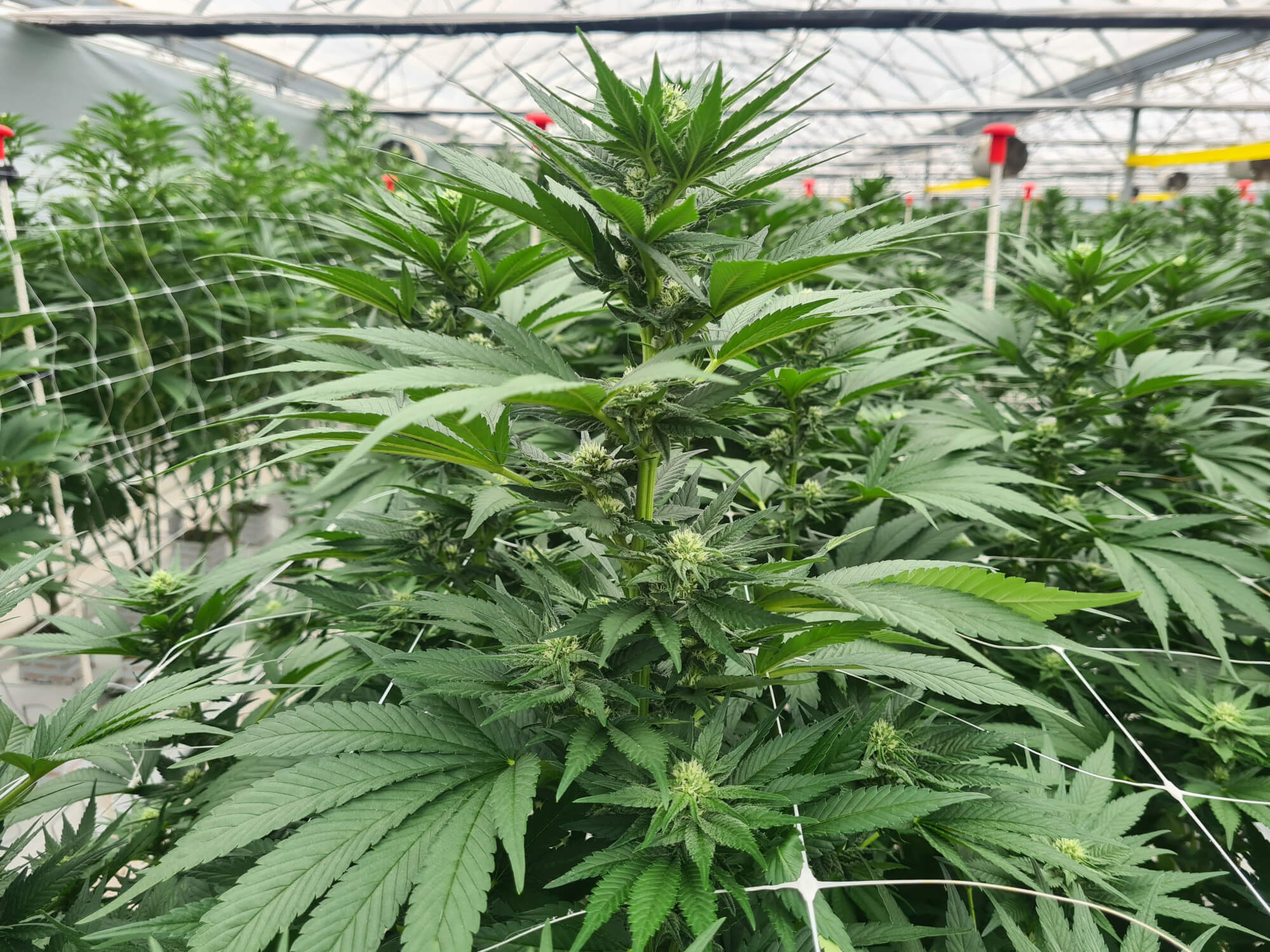Growing in Rockwool vs. Coco Coir
When choosing a hydroponics growing medium, the decision often comes down to coco coir vs rockwool. Each offers unique benefits and challenges. In this article, we will explore their differences in water retention, nutrient management, environmental impact, and practical use to help you decide which is best for your setup.
- Coco coir is an eco-friendly, biodegradable medium with good water retention and aeration benefits, but suffers from nutrient inconsistency and unwanted minerals.
- Stone wool provides superior drainage and uniformity for reliable crop growth, but not all stone wool products around the world can be recycled or reused, what may raise environmental concerns.
- Choosing between coco coir and rockwool depends on factors like nutrient availability, and growing practices, among others.
Understanding Coco Coir
Coco coir, a natural byproduct of the coconut industry, has become popular among hydroponics growers for its lightweight, eco-friendly properties. It is derived from the fibers outer husk of coconuts and is mainly composed of lignin, cellulose, and hemicellulose. This biodegradable material, including coir pith, serves as a good alternative to traditional soil, appealing especially to environmentally conscious growers.
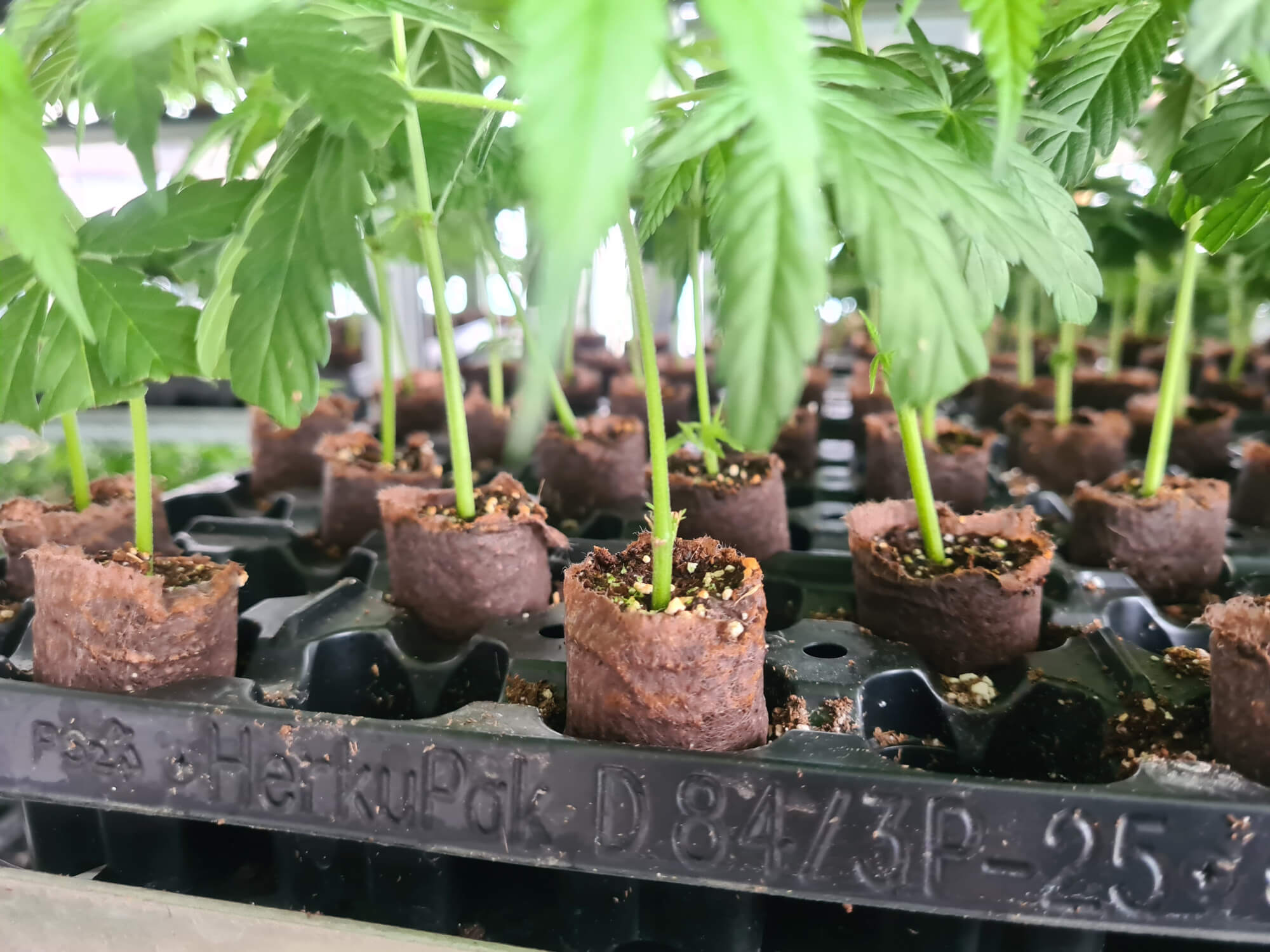
A benefit of coco coir is its good water retention, which supports plant growth by maintaining moisture levels for extended periods. Additionally, its fibrous structure enhances root aeration, preventing oxygen deprivation, providing an advantage for optimal growth.
However, coco coir has drawbacks, such as unwanted minerals like sodium and potential pathogens. Flushing the substrate multiple times to remove excess minerals can lead to inconsistencies in nutrient content from cycle to cycle, making cultivation less predictable compared to uniform mediums like rockwool.

All About Rockwool
Rockwool, also known as stone wool and mineral wool, is manufactured from basaltic rock melted at high temperatures, then spun into fine fibres. This process results in a clean, sterile, and fibrous structure that promotes excellent air porosity and oxygen delivery to plant roots. The sterile nature of rockwool makes it a popular choice among commercial growers who prioritize hygiene and consistency.
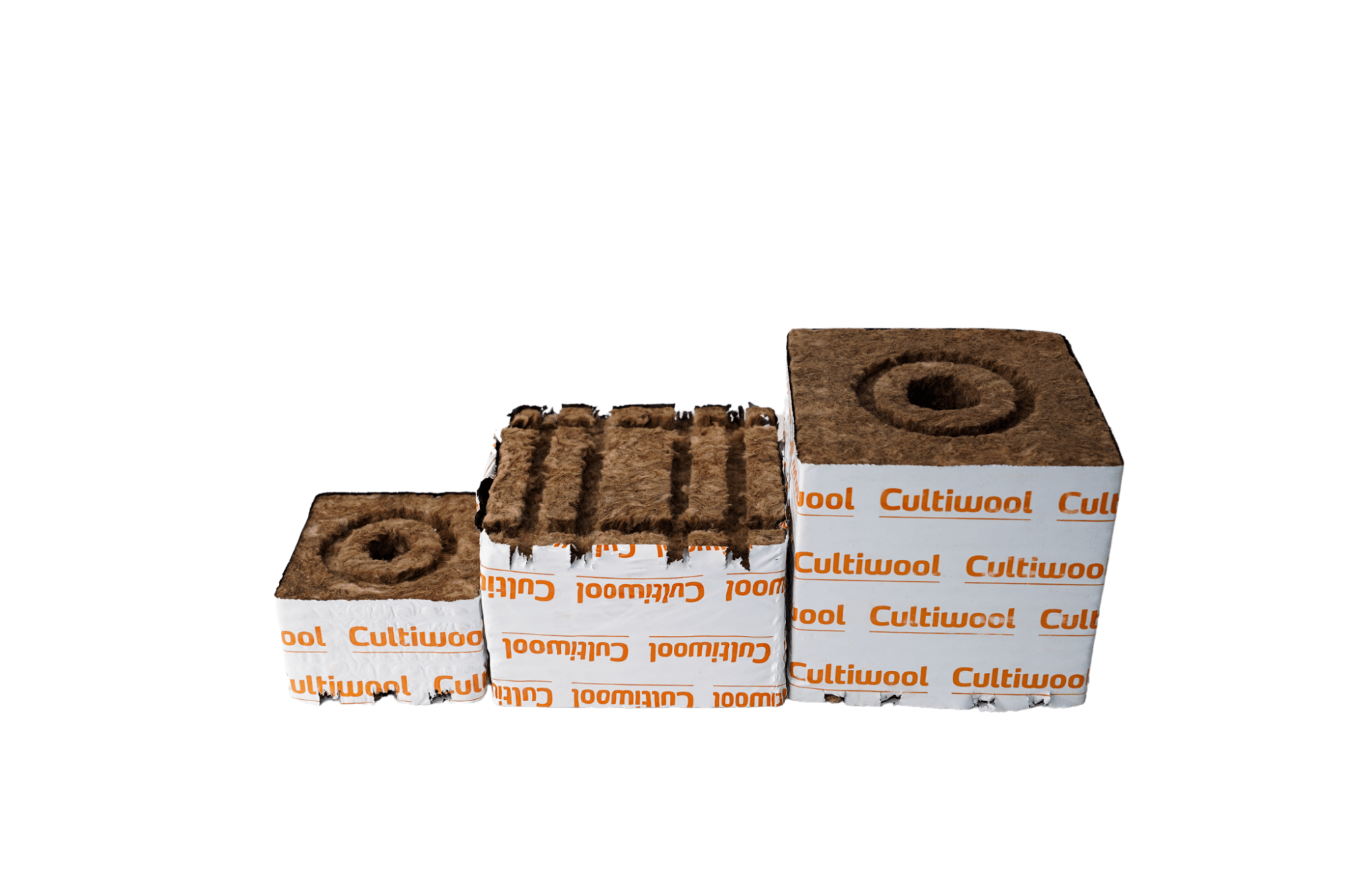
Rockwool excels in water retention and drainage, with its structure allowing excess water to drain effectively, preventing waterlogging and root diseases. This balance is crucial for healthy root development and overall plant growth. Additionally, rockwool’s uniformity supports consistent crop growth, making it a reliable option for large-scale operations, thanks to its steerability and water retention properties.
As for environmental concerns, innovations like Cultiwool Prime are addressing these with sustainable technologies such as natural binders that enhance environmental sustainability and plant health.
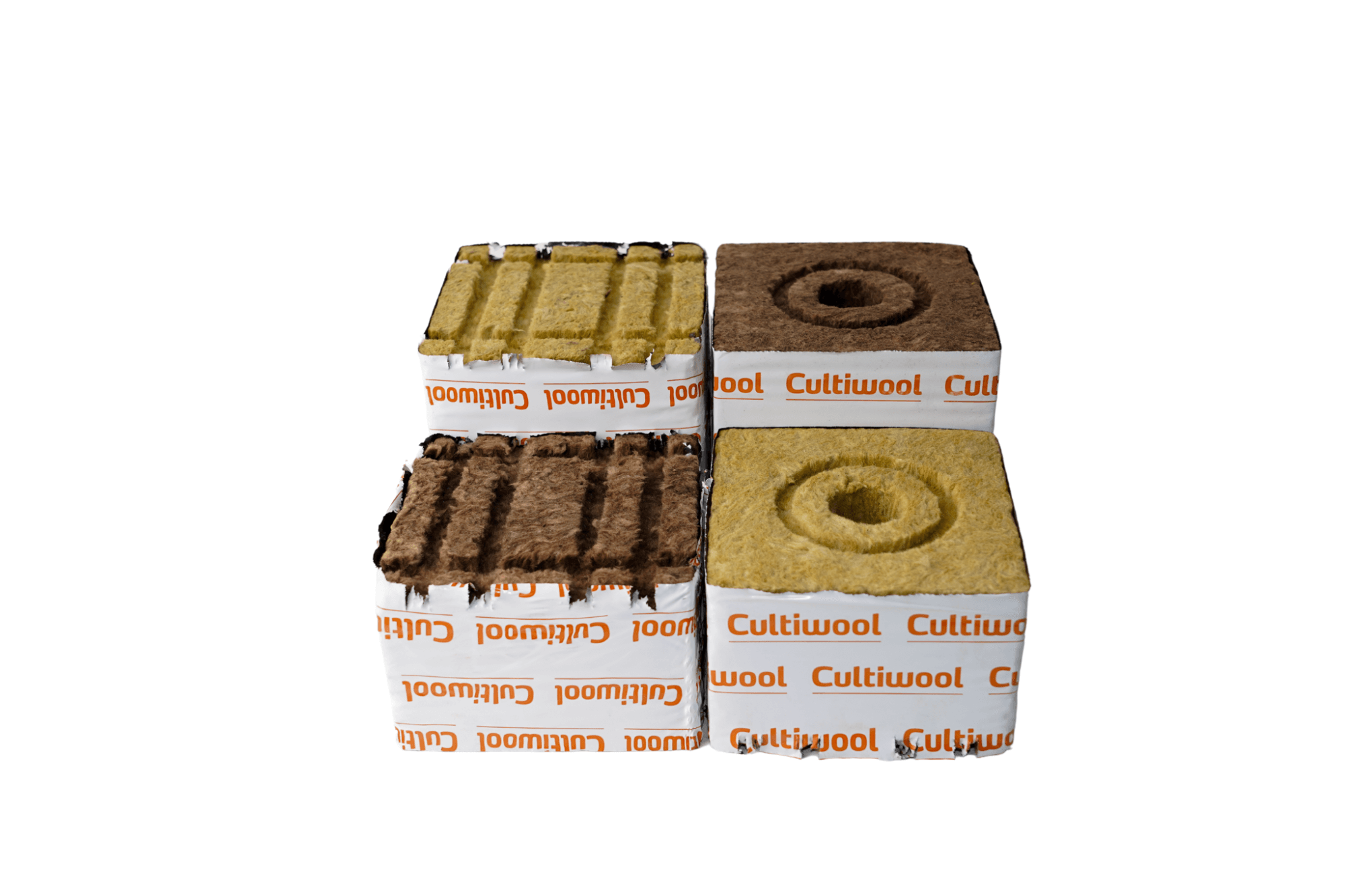
Water Retention and Drainage
In hydroponics systems, balancing water retention and drainage is key to preventing overwatering, root rot, and ensuring overall plant health. Coco coir is good in moisture retention, holding moisture for extended periods and supporting healthy growth. However, improper drainage and frequent watering can lead to root rot due to bacterial and fungal growth, resulting in better water retention challenges. Watering practices must be carefully managed to avoid these issues, including the use of a drip system.
Rockwool provides a balance between water retention and drainage. Its fibrous structure allows excess water to drain away quickly, which prevents waterlogging and promotes strong root zone systems. This ensures that plants receive the right amount of moisture without the risk of root diseases. Cultiwool even enhances this balance by unique product features like the Donut Ring and Cross Groove pattern.
Proper aeration is also critical in hydroponic systems. Both coco coir and rockwool offer good aeration, but rockwool’s design enhances oxygen delivery to plant roots, further supporting healthy root development.

Nutrient Availability and pH Levels
Nutrient availability and pH levels are crucial for plant growth. Coco coir has a high cation exchange capacity (CEC). Additionally, coco coir typically has a pH range of 5.5 to 6.5, conducive to nutrient absorption in most plants.
In contrast, rockwool has a low cation exchange capacity, meaning it lacks inherent nutrients and relies on nutrient solutions or fertilizers. This allows full control over what exactly the plants are receiving, allowing repitition and equality between cycles. Conditioning rockwool in a pH-balanced solution before use is recommended to prevent high pH issues.
Stone wool’s combination of this low CEC and inert composition also presents a key advantage for growers seeking full control. Because rockwool does not interact chemically with nutrients, it offers predictable and consistent nutrient delivery: what you feed is what the plant gets, without substrate interference. This makes rockwool ideal for precision fertigation systems where exact nutrient ratios and EC levels are maintained. Moreover, once properly conditioned, rockwool holds a stable pH over time, reducing the risk of fluctuations that could stress the plants or hinder nutrient uptake.
One challenge with coco coir is its variable quality, which can present issues with salinity and pH levels. Flushing the coir substrate before use helps mitigate these issues, but it can still lead to nutrient content inconsistencies and overall cultivation challenges.
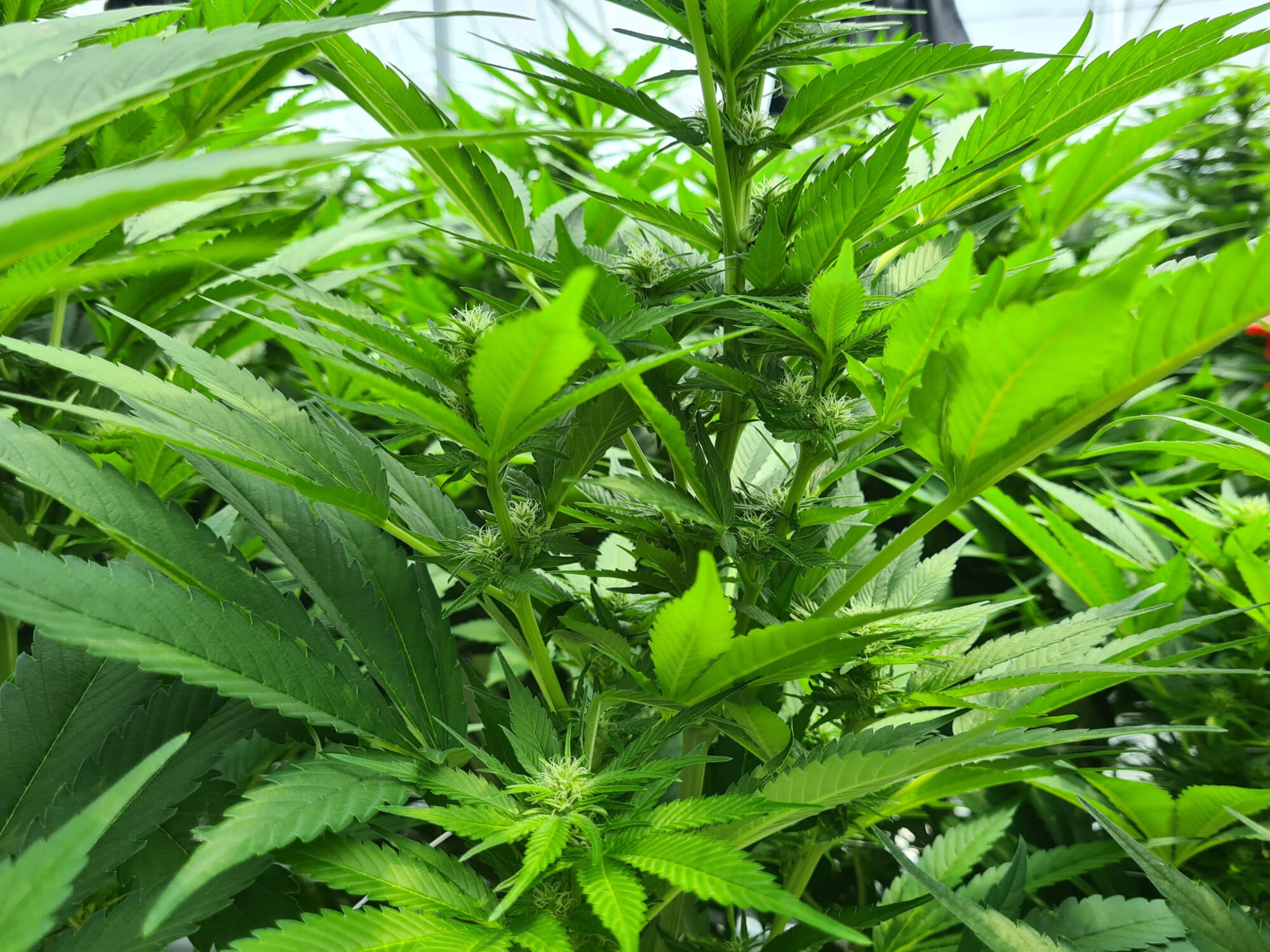
Practical Considerations for Growers
When selecting a hydroponic growing medium, growers must consider critical factor like:
- Consistency
- Availability
- Nutrient requirements
- Cost
- Environmental impact
Plants require careful consideration of these factors, including the choice of growing media, as it is an essential component.
Coco coir is often soaked before use to ensure it expands fully and eliminates salts, optimizing growth conditions. It can also be blended with mediums like perlite to enhance water retention and drainage.
Rockwool offers flexibility, with options like slabs or individual cubes/blocks influencing labor management and irrigation systems.
Understanding the nutrient content of each medium is crucial, as some provide essential nutrients while others do not. Advanced growers can adjust their choice based on specific hydroponic system conditions and local climate. Ultimately, the right growing medium and media depend on your specific needs and goals, ensuring optimal plant care to retain nutrients and release nutrients.
Innovations and Future Trends
Recent advancements in coconut coir research are focused on improving its applications in sustainable agriculture and biodegradable materials. These innovations aim to enhance coco coir’s properties, making it more effective as a growing medium.
In rockwool, technological advancements aim to enhance nutrient distribution and reduce environmental impact during production. Cultiwool Prime, for instance, uses a binder made from natural ingredients, representing a move towards environmentally conscious manufacturing in substrate technology.
Using a natural binder, Cultiwool Prime minimizes the risk of root damage, ensuring better health for young plants. This innovative approach not only improves plant safety but also enhances their resilience and growth potential.
Case Studies and Expert Opinions
In commercial greenhouses, cannabis grown in rockwool cubes has achieved higher yields due to the medium’s effective water retention and drainage properties. This consistency and reliability make growing blocks popular among large-scale growers.
Samer Abilmona, the Executive Director of Cultivation and Operation of GreenLeaf Medical with extensive experience in various growing mediums, found Cultiwool products particularly attractive. They were able to replicate successful results with reduced costs for the company. According to Samer, the reliability and minimal imperfections of Cultiwool stone wool blocks have been crucial for his operations.
Repeatability and consistency in cultivation processes are critical for predictable harvest results in a controlled environment. By maintaining direct relationships with suppliers and growers, Cultiwool continues to innovate and address industry challenges.
Summary
Choosing the right growing medium is crucial for hydroponic success. Coco Coir offers eco-friendly benefits and good water retention but presents challenges with consistency and safety. Rockwool provides reliable water retention and drainage, supporting healthy plant growth.
Ultimately, the choice depends on your specific needs and priorities. By understanding the advantages and drawbacks of each medium, you can make an informed decision that aligns with your cultivation goals. Whether you prioritize sustainability or uniformity, selecting the right medium will set you on the path to successful hydroponic cultivation.
Frequently Asked Questions
How does rockwool compare to coco coir in terms of water retention and drainage?
Rockwool offers a superior balance of water retention and drainage compared to coco coir, effectively preventing waterlogging while promoting healthy root systems. This makes it an advantageous choice for optimizing plant growth.
What are the environmental impacts of using rockwool vs. coco coir?
Using coco coir is more environmentally beneficial than rockwool, as coco coir is biodegradable and eco-friendly. Nevertheless, with innovations such as Cultiwool Prime, rockwool is becoming a more sustainable product.
How can growers ensure consistency when using coco coir?
To ensure consistency when using coco coir, growers should flush it multiple times to remove excess minerals and pathogens, while remaining aware that variations in nutrient content may still occur. Regular testing of the coir can further help in maintaining uniformity in growing conditions.
What innovations are being made to improve the sustainability of rockwool?
Cultiwool Prime and similar innovations enhance the sustainability of stone wool by utilizing natural binders to decrease environmental impact and support healthier plant growth. These advancements reflect a commitment to improving both cultivation practices and sustainability.
The advantages of Cultiwool's stone wool
- Maintain optimal moisture levels
- Stable yet flexible growing substrate
- Consistent results
- Excellent aeration
- Superior control
- Homogenous distribution of water and nutrients
